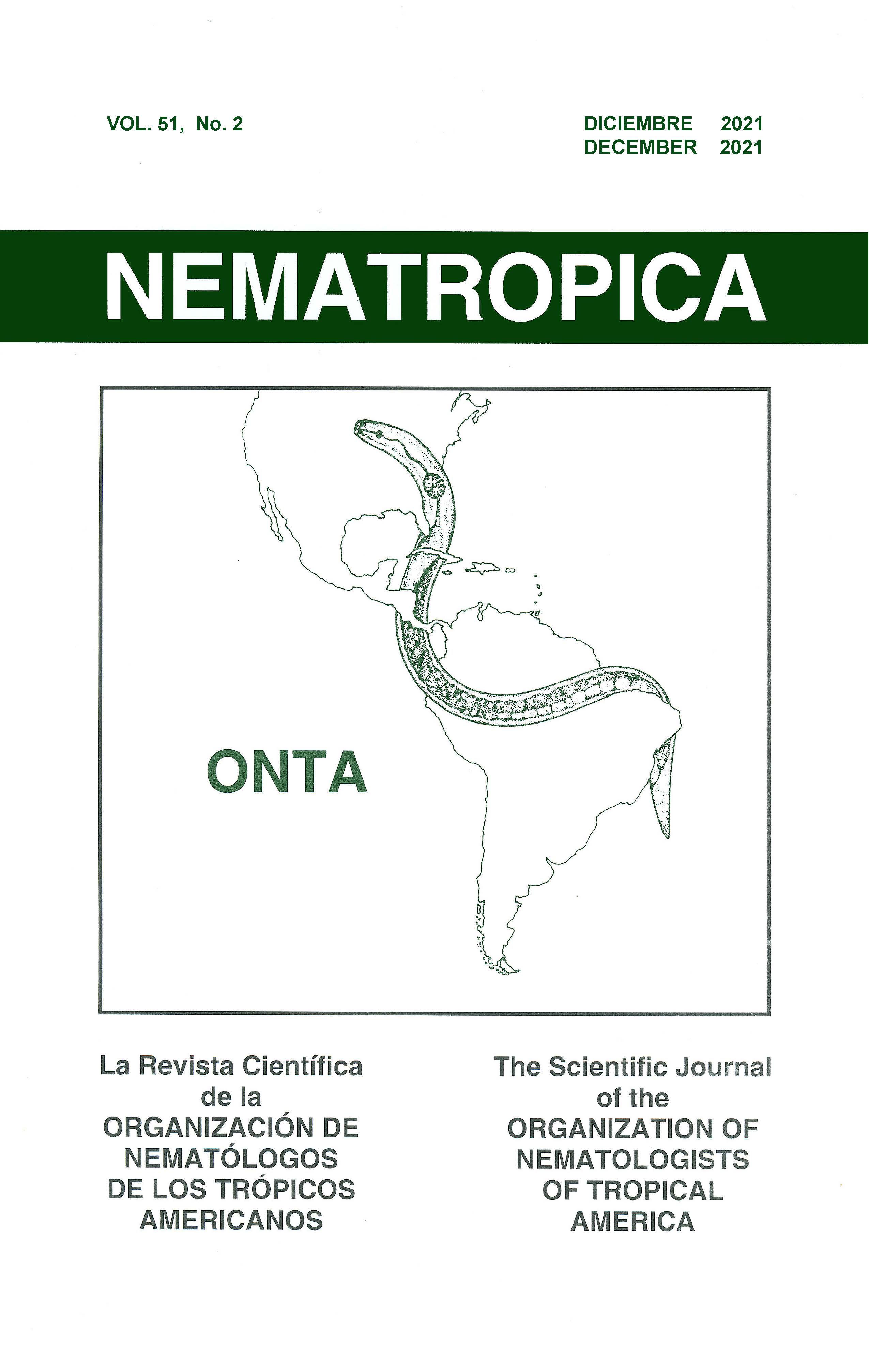AN ASSESSMENT OF POTATO CYST NEMATODE (GLOBODERA SPP.) RESEARCH FROM THE ANDEAN REGION OF SOUTH AMERICA. PART 1: OCCURRENCE AND IMPACT
Abstract
Potato cyst nematodes (PCN; Globodera pallida and Globodera rostochiensis) are among the most significant pathogens limiting the production of potato globally. Potato cyst nematodes occur in cooler areas of subtropical and tropical regions and temperate regions throughout the world. Both species have the potential to significantly reduce potato yields. In the South American Andes highlands, potato is a major staple crop and is used mainly for local consumption. Most of the potatoes produced in South America are consumed unprocessed, a principal reason why potatoes remain a staple food for the majority of families. Plant-parasitic nematodes are among the most important phytosanitary pests limiting potato production in these Andean countries. In South America, research has focused on taxonomy and on frequency and severity of PCN, and in calculating damage or yield loss to potato due to PCN. This review reports the distribution of the PCN in the main potato-growing areas of the Andean region of South America, as well as the impact of PCN on regional potato production.

